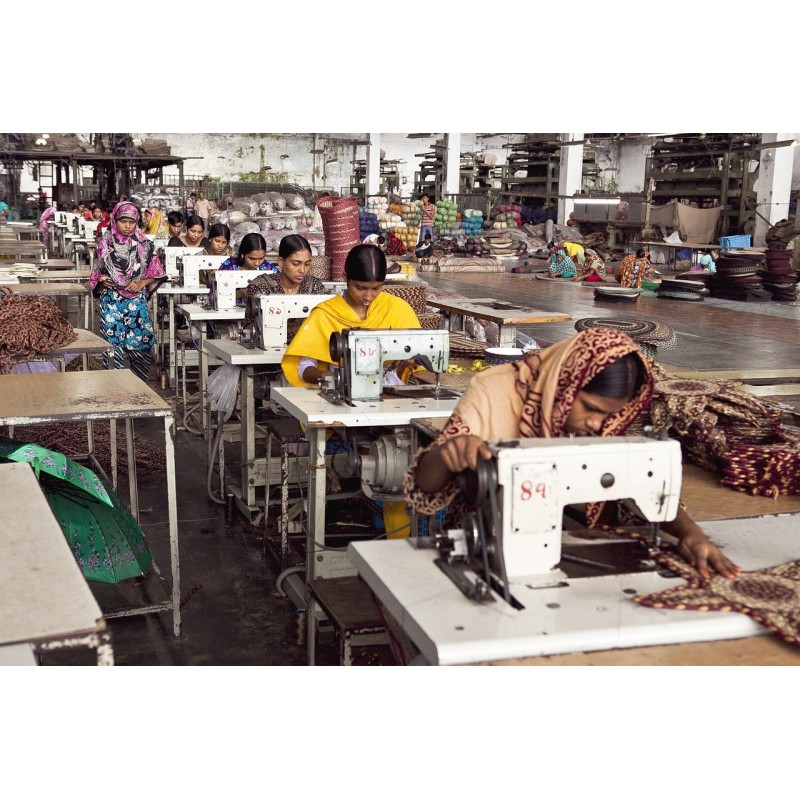







Fast fashion has revolutionized the fashion industry by offering fashionable clothes at very affordable prices, renewed at a frantic pace. This economic model, born in the 1990s, has allowed many brands to develop quickly and has democratized fashion.
 Garanties sécurité
Garanties sécurité
(à modifier dans le module "Réassurance")
 Politique de livraison
Politique de livraison
(à modifier dans le module "Réassurance")
 Politique retours
Politique retours
(à modifier dans le module "Réassurance")
Fast fashion, born in the 1990s, has revolutionized the fashion industry. This economic model is based on the rapid and massive production of low-cost clothing, inspired by the latest catwalk trends. In just a few seasons, the collections are renewed, encouraging consumers to regularly buy new clothes.
Brands: Zara, H&M, Forever 21 and Primark are among the biggest players in fast fashion. They offer varied and affordable collections, renewed at a frantic pace.
Retailers: Chain stores specializing in low-cost fashion have proliferated, making clothing accessible to the greatest number of people.
Manufacturers: The textile industry, mainly based in developing countries, is working hard to meet the insatiable demand for fast fashion.
Producing countries: Bangladesh, Vietnam, China and India are the main producing countries of clothing for fast fashion brands. These countries benefit from cheap labor and less stringent environmental and social regulations.
Overproduction: Fast fashion generates a considerable amount of textile waste.
Water and energy consumption: Clothing production is very energy-intensive and requires large amounts of water.
Pollution: The dyes and chemicals used in the manufacture of clothing pollute soil and water.
Working conditions: Textile factory workers, often women and children, work in difficult conditions for very low wages.
Inequalities: Fast fashion increases inequalities between countries in the North and South.
While fast fashion has allowed more people to access fashion, it has also contributed to a culture of overconsumption and a devaluation of clothing. By offering low-cost clothing, it has made fashion disposable and encouraged the constant renewal of wardrobes.
The haute couture industry is a major source of inspiration for fast fashion. Fast fashion brands draw inspiration from the latest catwalk trends to create collections that are accessible to the general public. This strategy allows them to ride the fashion wave and appeal to consumers looking for new things.
The circular economy, which advocates reduction, reuse and recycling, is an alternative to fast fashion. By encouraging the repair, rental and recycling of clothing, the circular economy could significantly reduce the environmental impact of fashion.
For the poorest, the circular economy represents a challenge. Indeed, second-hand or rented clothing can be perceived as less attractive or less accessible than the new and cheap clothing offered by fast fashion. For the circular economy to develop and appeal to all audiences, it is necessary to:
Communicate on the benefits of the circular economy.
fast fashion is a complex economic model that has both advantages and disadvantages. While it has democratized fashion, it also has significant social and environmental consequences. To build a more sustainable future, it is essential to rethink the way we consume and produce fashion.